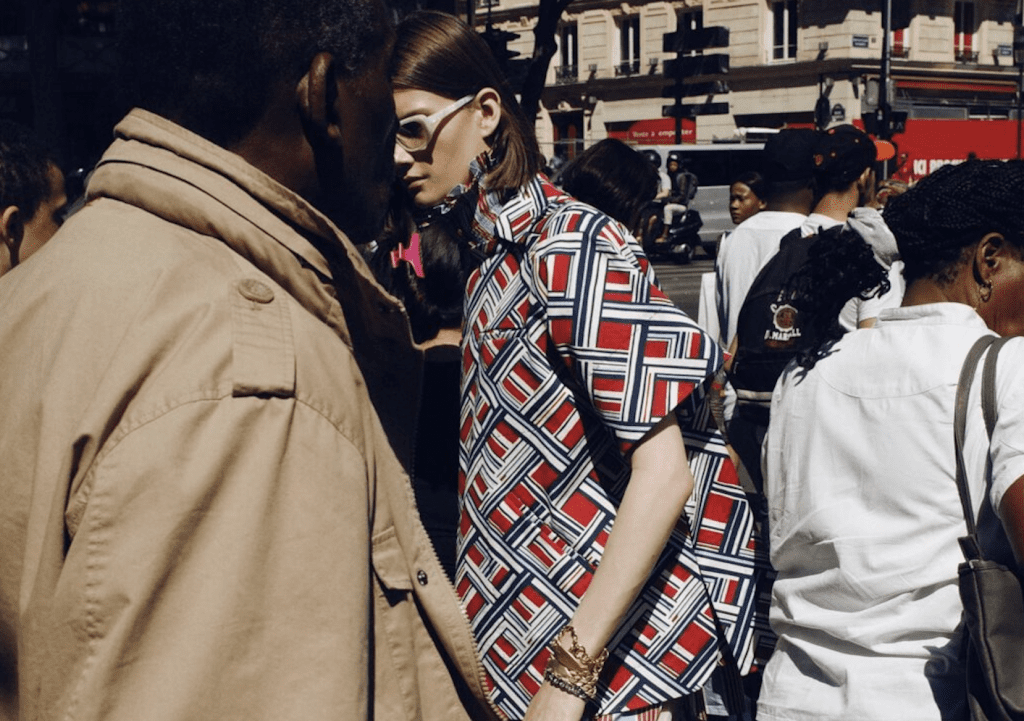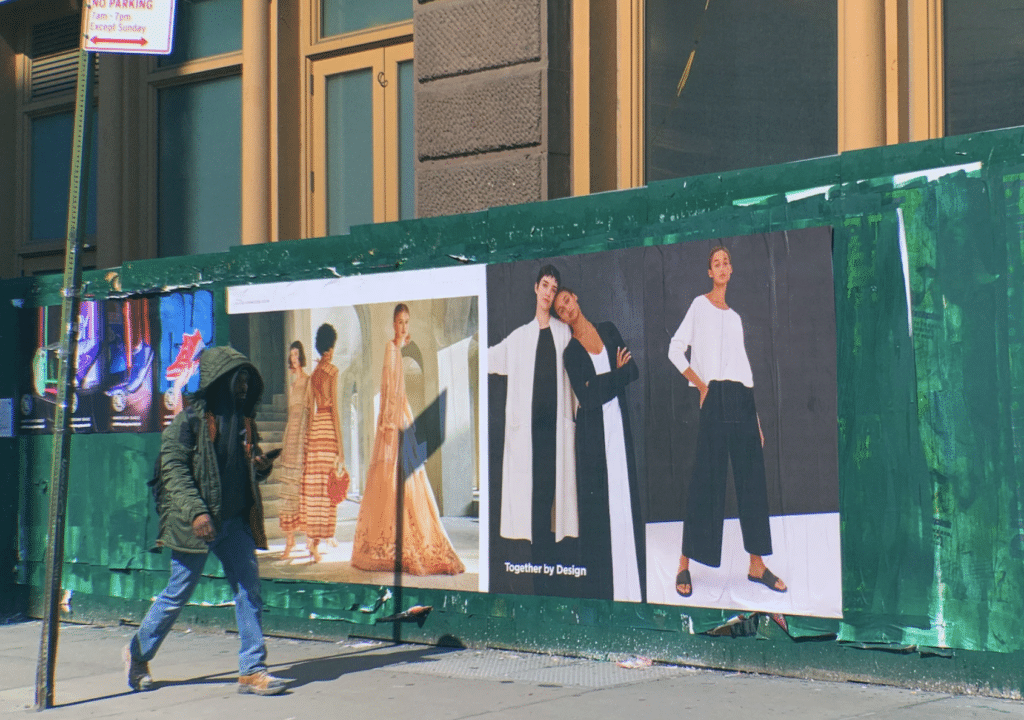Chanel reported revenue of $17.22 billion for the year ending on December 31, 2022 – up 17 percent compared to the year prior, and profits of $5.78 billion, representing an increase of 5.8 percent. “Exceptional growth” came by way of double-digit gains across all product categories, “particularly in leather goods and shoes,” per Chanel, which does not break out revenue by category. The London-headquartered company’s management cited the role of price increases in helping to drive 2022 revenue; rising price tags were responsible for 50 percent of revenue growth. At the same time, they highlighted robust sales among local clients also translating to notable sales in the wake of the pandemic and corresponding trends in travel.
Geographically speaking, revenue in the Asia Pacific region amounted to $8.65 billion (up 14.3 percent from full year sales in the region in 2021). Meanwhile, revenues in Europe rose to $4.72 billion (up 29.6 percent) and sales in North America rose to $3.86 billion (up 9.5 percent). Addressing the U.S. market, Chanel’s Chief Financial Officer Philippe Blondiaux told the FT that sales are currently growing “in the single digits,” after boasting “nearly 10 percent [growth] in the Americas” in 2021. “We had a softening in the U.S., so no different from some of our competitors, [beginning in] November 2022, and that has continued over the first few months of 2023,” Blondiaux said, noting that Chanel management maintains “a really strong outlook for 2023.”
In terms of brand positioning (and pricing), Blondiaux says that Chanel – which has been actively engaging in price increases in recent years and efforts to limit supply and fight off the resale market and presumably, parallel imports, as well – is “the most exclusive or one of the most exclusive brands [and] we intend to maintain this positioning.” Blondiaux confirmed that the company tends to take a formal look at prices on a bi-annual basis: in March and September, and in March 2023, prices were increased. While the increases varied by region/market, prices of certain handbags rose by an overall global average of 8 percent. No word yet on what to expect for September, but the finance chief revealed that “the evolution of our prices will depend on two factors: inflation and currency effects.”
Back to its financial report, Chanel revealed that its investments in “brand-support activities” grew by 14.3 percent during the year to $2.05 billion, a sum that “underscore[es] how luxury’s biggest players are gaining mind share and gobbling up market share via heavy investments in advertising, splashy global events and client-centric activities,” per WWD’s Miles Socha. “In addition to its lavish ready-to-wear and haute couture displays in Paris,” he noted that “Chanel unveiled its cruise 2023 collection last year in Monte-Carlo, and repeated that show in Miami later in the year. It also made history as the first European luxury brand to stage a fashion show in sub-Saharan Africa, unveiling its Métiers d’Art collection in the Senegalese capital of Dakar.”
THE BACKGROUND: Privately-owned Chanel opted to begin reporting revenue in 2018 in a move to be more transparent about its business, following from comments from Blondiaux in 2017 about how that the lack of information out there about Chanel’s financials led “to the circulation of false or misleading information.” Blondiaux said at the time that the brand’s publication of its revenue numbers is “absolutely not” a precursor to a stock market listing or sale, stating that “this financial statement shows that we are amazingly solid financially and we can keep our status as a private, independent company for the next few centuries.”














